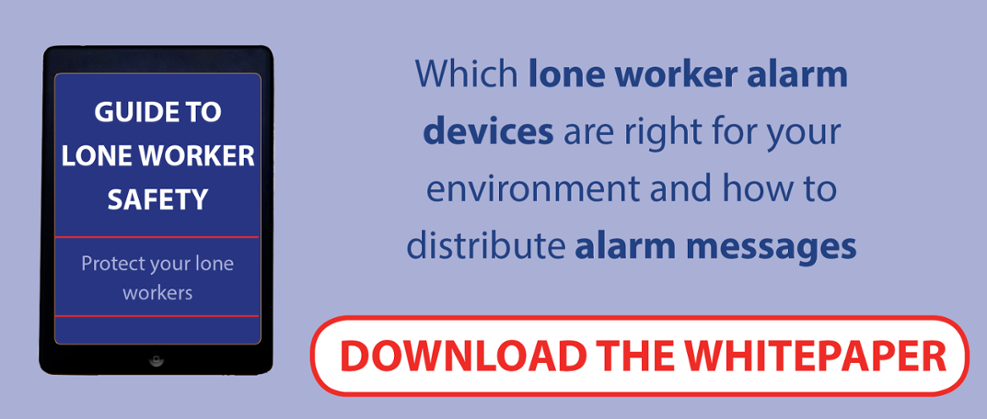
The Corporate Manslaughter/Corporate Homicide Act 2007 (CM/CH Act) has forced companies to take health and safety (HSE) regulations seriously, failing which they can be charged with corporate manslaughter and penalised as deemed unfit. This charge literally means the company has not put in its best efforts to ensure workplace safety, which if it had, could have avoided a tragedy or serious injury. Understanding what corporate manslaughter actually means will help get a better picture on what can/must be done to steer clear of the charge.
What is Corporate Manslaughter?
Work-related deaths are investigated from the angles of health and safety negligence, as well as criminal offence/manslaughter. The earlier "act" made it necessary to hold an individual accountable, in order to prosecute the corporate body with charge of manslaughter, failing which, organisations could not be prosecuted. The latest act instead holds the health and safety initiatives, policies and procedures master-minded by the top management accountable for work-related deaths.
Thus, serious flaws, failures or glaring gaps in the management of health and safety of employees across the organisation, which result in fatalities, are punishable under corporate manslaughter. It is important to note that while the organisation, company or the corporate body will be prosecuted under the act, people in top management cadres are likely to be held liable for the breach of health and safety responsibility and charged for separate offences under the HSE law.
Also, crown immunity applicable to this offence under the earlier common law has been limited to a large extent by the latest corporate manslaughter act, though with a few exemptions. The offence, if established beyond doubt, is punishable by an unlimited/hefty fine, with a remedial order, and publicity requirement to ensure that the details of offence and conviction are published. No individual will, however, be arrested for corporate manslaughter, but can serve a lifetime sentence if proven guilty of gross negligence manslaughter.
Notable Corporate Manslaughter Convictions
If you are wondering if any organisations have actually been found guilty of this offence, the answer is in the affirmative.
Cotswold Geotechnical Holdings was the very first company convicted of corporate manslaughter in the year 2011. The firm was fined £385,000, after a lone geologist who was conducting soil tests was killed when soil caved into a trench in which he was working.
In May 2017, a construction firm, Martinisation London Ltd. was convicted of manslaughter for the deaths of two of its employees who lost their lives in 2014. They were trying to haul furniture up a balcony with no safety measures, except for the Victorian railings that gave way under the weight. The tragedy could have been easily avoided had adequate safety measures been adopted. While the company’s director was sentenced to 14-month imprisonment for each death, the organisation was fined £1.2 million per casualty, in addition to £650,000 for the violation of HSE regulations.
Preliminary police investigations in the Grenfell Tower fire incident that killed at least 80 people in June this year have revealed that there are reasonable grounds to pursue charges of corporate manslaughter.
Importance of Conforming to HSE Workplace Safety Regulations
According to the HSE, companies are fully responsible for the health and safety of employees at the workplace. Employers are required to thoroughly assess the risks associated with the work environment and the different roles and take adequate measures to protect the workforce against potential threats to comply with the Health and Safety at Work etc Act 1974 (HSWA).
HSWA violations are punishable by fines, prison sentences, compensations, remedial orders, community orders and other penalties that are meted out based on the nature and seriousness of the violation.
While most companies do have relevant processes in place to ensure the safety of their workforce, it is important to periodically review and refine them to enhance their effectiveness.
How to Ensure Safety at the Workplace?
For companies who work in the best interests of their workforces, CM/CH Act may not necessarily be a concern. Compliance with HSE workplace safety regulations largely reduces the possibilities of fatalities when employees are at work.
Right from assessing risks and formulating suitable security and safety policies to getting them adopted by employees, firms – both large and small – do ensure workplace safety using different approaches, including but not limited to:
- PAT testing of tools and equipment, both portable and stationary
- Providing the most suitable personal protective equipment (PPE) based on the risk factors associated to a specific work environment/job
- Implementing lone worker systems to extend adequate support and security cover for jobs that need people to work alone and mostly unsupervised
- And, of course, training employees on how best to use the safety mechanism available
How Lone Worker Safety Systems Can Make a Difference?
Lone worker systems can prove extremely useful to respond to distress calls from people who work alone on jobs that involve predictable risks. However, jobs involving dangerous, harsh or remote working conditions may require additional safety procedures as well. The lone geologist caught in the trench collapse could not be saved despite best efforts from one rescuer who rushed to the spot. A comprehensive safety regimen is a must to steer clear of liability claims for HSWA violations.
Alarm systems have proven to be the most effective of lone worker safety setups as they enable real-time communication between the worker and rescue/support personnel. From simple panic button alarms and man down alarms to more sophisticated systems with voice, GPS and pre-alarm features, choices are aplenty. Choosing the right alarm system for a specific environment and training people to use and respond to the system is the key for the safety initiative to be effective.
With technology advancements, quite a few alternative lone worker safety solutions can be deployed across varying technologies including:
- Voice over Wi-Fi
- Apps on smartphone
- Digital Mobile Radio
- Private Mobile Infrastructure
- Special mobile devices on mobile networks
An increasing number of lone workers are today deployed in remote, sparsely populated sites that are prone to diverse risk factors. Lone worker alarm systems instil a sense of safety and enable workers to confidently get on with the task at hand, knowing that help is just a call away.





